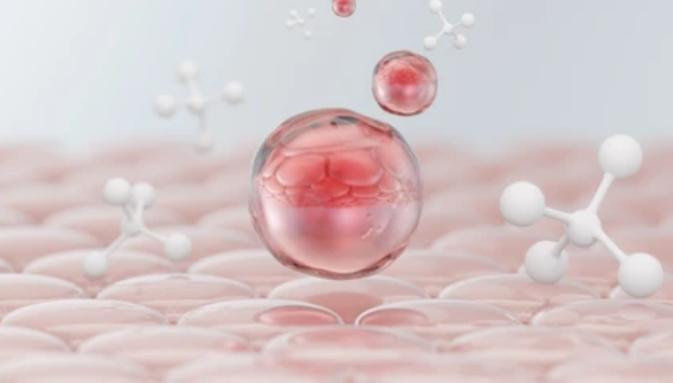
Aging analysis conducted at the cellular level permits the identification of aging-related biomarkers, which offer potential prognostic and diagnostic value. Moreover, comprehending the cellular alterations associated with aging facilitates understanding regenerative medicine, drug development, and tailored interventions aimed at specific cellular aging profiles. At CD BioSciences, our advanced technologies and state-of-the-art methodologies allow us to investigate the underlying mechanisms of cellular senescence, stem cell exhaustion, and intercellular communication, providing significant insights into the aging process.
Cellular senescence refers to the state of irreversible growth arrest that cells enter into as a response to various stressors, such as DNA damage, telomere shortening, and oxidative stress. At CD BioSciences, we employ state-of-the-art techniques to analyze cellular senescence at a molecular level.
Through our expertise in high-throughput sequencing, we can identify and quantify senescence-associated markers, such as senescence-associated beta-galactosidase (SA-β-gal). By characterizing the senescence-associated secretory phenotype (SASP), we gain insights into the secreted factors that promote chronic inflammation and tissue dysfunction during aging.
We offer a comprehensive analysis of stem cell exhaustion to gain a deeper understanding of this critical aspect of aging. By employing flow cytometry and single-cell RNA sequencing, we can identify and characterize distinct populations of stem cells in various tissues. We assess their functional decline by measuring their proliferative capacity, self-renewal potential, and differentiation capabilities. Through the analysis of key regulatory pathways, such as Notch, Wnt, and Hedgehog signaling, we unravel the molecular mechanisms underlying stem cell exhaustion.
CD BioSciences specializes in the analysis of intercellular communication in senescence, unraveling the complex signaling networks involved. Using advanced proteomic and transcriptomic approaches, we identify and quantify the secreted factors and signaling molecules involved in senescence-associated communication. Through the integration of bioinformatics and network analysis, we decipher the intricate crosstalk between senescent cells and their microenvironment.
Moreover, we investigate the role of exosomes, small extracellular vesicles released by cells, in intercellular communication during senescence. By analyzing the cargo content of exosomes, including miRNAs, proteins, and lipids, we gain insights into their regulatory roles in promoting or alleviating senescence-associated phenotypes.
Our Advantages
- Advanced cellular imaging technologies
Our advanced microscopy and imaging technologies are essential for high-resolution observation of cellular structures, organelles, and molecular processes. Our services help to study cellular dynamics and changes associated with aging.
- Omics profiling capabilities
We are proficiency in genomics, transcriptomics, proteomics, metabolomics, and epigenomics technologies allows for comprehensive multi-omics profiling of cellular aging processes. Our integrated services enable the identification of molecular signatures associated with aging.
- Functional assays and cell culture expertise
Our robust capabilities in conducting functional assays, cell culture, and manipulation of cellular models are critical for investigating cellular function, viability, and responses to aging-related stimuli.
CD BioSciences employs a wide range of advanced technologies and methodologies to ensure precise and comprehensive analysis of studies on aging at the cellular level. If you are interested in our services or have any questions, please feel free to contact us to discuss how we can be involved in your research program.
All of our services and products are intended for preclinical research use only and cannot be used to diagnose, treat or manage patients.




